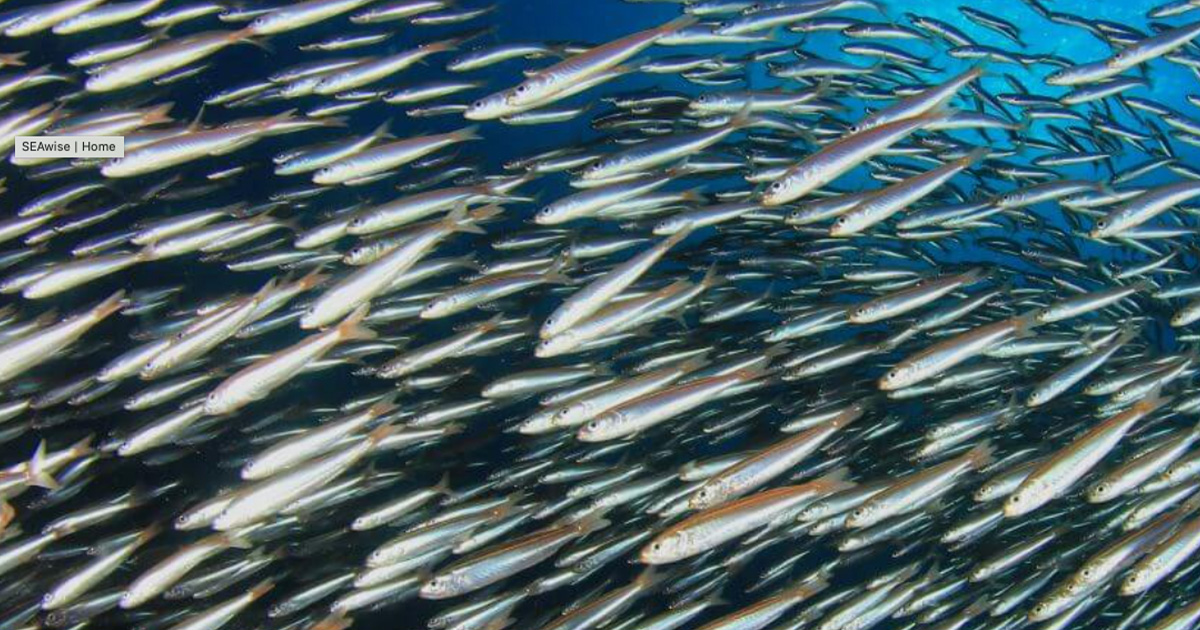Ground-breaking new SEAwise research shows habitat restoration, and measures to tackle the effects of pollution and proliferating coastal development, may be just as important to ensuring healthy fish stocks as regulating fishing pressure; and could mean thousands of more tons of fish for fishermen.
Black, Belgian, or Dover? Preferring shallower depths at juvenile stage before moving towards offshore areas, young common sole typically inhabit sandy, muddy seabeds and estuaries along the North-East Atlantic. Long coveted by European markets on account of its delicious taste and by fishermen for the price it commands, conservation of the species has traditionally been placed in the hands of fishing quotas. However, new research by the SEAwise project, published recently in the journal Estuarine, Coastal and Shelf Science, indicates that protecting the juvenile habitats of commercial species, like common sole, may be as beneficial as regulating fishing pressure, and could yield benefits for both fish and for those who make a living catching them.
As part of SEAwise’s efforts to gather knowledge to support the roll-out of ecosystem-based fisheries management in Europe, the research team investigated how loss and degradation of essential habitats affects the productivity of commercial fish stocks. They did this to understand the benefits of restoring those habitats, alongside wider efforts to regulate fishing pressure. Coastal areas often act as ‘nurseries’, and many fish species depend on them for their growth and survival to adulthood. However, long under pressure from pollution, these habitats are facing increasing threats from activities like land reclamation, and wastewater discharge. A current lack of understanding of how these activities affect the productivity of fish species means these impacts are not accounted for within measures that seek to restore fish populations and regulate fishing, such as stock assessment, advice, or management.
Working to address this, led by French Institut Agro Rennes-Angers and carried out by SEAwise’s ‘Spatial Management Impacts on Ecological Systems and Fisheries’ team, the researchers analyzed the nursery habitats of four commercially important species in the English Channel—sole, and also plaice, whiting and seabass. Measuring area loss to estimate the effects of habitat degradation on young fish in the area, the team investigated an array of scenarios that showed the potential effects of restoring these important habitats on fish stocks. Their findings indicate that restoration would lead to substantial increases in reproductively mature stocks, meaning more fish in the sea and more quotas for fishermen in the long run.
According to the analysis, restoration of both habitat areas and quality would mean sizeable gains for some species—up to 27.4% and 51.8% in the stock of reproductively mature sole and seabass, respectively. Good news for fishermen, following a similar pattern, restoration would boost sustainably set catches for these species and see annual catch gains of 35.3% for sole and 65.2% for seabass, or 1990 and 810 tons. Though smaller, gains would also be realized for whiting and plaice of 327 and 957 tons. Not only this, the researchers highlight, increases in fish biomass would have beneficial consequences for the sustainability of fish populations and the wider ecosystem—suggesting a win-win-win for fisheries.
SEAwise Spatial Management Impacts work theme lead and Senior Researcher with the Hellenic Center for Marine Research in Greece, Dimitrios Damalas explains, “A key aspect of SEAwise is understanding conflicts between different users of marine space and establishing tools for understanding the relevance and applicability of different management measures in the face of increased use of and competition for marine space. As part of this, the predictive models we have developed here will allow marine regulators to understand and mitigate against habitat degradation as well as identifying potential conflicts arising from spatial management strategies when exploring options and planning for future changes.”
Professor in Marine and Coastal Ecology, Olivier le Pape from the Institut Agro Rennes-Angers, who led this piece of work adds, “Monitoring fishing pressure is central to the sustainable management of fish resources. This research shows very clearly that maintaining and restoring essential fish habitats, and especially coastal and estuarine nurseries, is also a key component in the sustainable management of these resources, and in securing healthy fisheries, livelihoods, and ecosystems into the future.”
The full paper is available at: https://www.sciencedirect.com/science/article/abs/pii/S0272771423003475
For more information about SEAwise visit https://seawiseproject.org



